Editors’ note: In December 2023 border authorities encountered more than 225,000 migrants along the US-Mexico border. This made December the month with the highest monthly total recorded since 2000, according to preliminary Homeland Security statistics shared with CNN. Some days the number of migrants crossing reached more than 10,000.
If you want to know why the surge in the number of migrants read the article below.
INTRODUCTION
Immigration has been one of the topics at the forefront of politics in recent years but it has historically always been a topic of great concern in the United States. Whether it is in response to labor relations with other countries or a pandemic, the current immigration crisis has been a buildup of previous events in which the United States has rejected immigrants, the majority of whom come from Latin America. While the history of migration to the United States goes back centuries, this overview will discuss migration between the 1940s and to present day and will specifically focus on immigrants coming from Latin America. Many people today ask themselves why the United States continues to receive an influx of migrants. To truly understand why people continue coming here considering all the risks, one has to look at the history of their countries and the role the United States has played in creating this crisis.
WHY ARE PEOPLE COMING HERE?
Migrants all have different reasons for immigrating but for many coming to the United States was not simply for “a better life.” Many people seek refuge in the States due to problems created by the United States. For example, one cannot talk about Central American migrants to the United States without discussing the United Fruit Company. The company was formed in 1899 but had a major influence in Central America throughout the 20th century. To erase the company’s devastating history, it renamed itself Chiquita. It is only one example of corporate greed getting involved with international politics. The United States has intervened in various countries not only to protect profits but to ensure communist influence did not spread throughout Latin America. In some cases, countries did not classify themselves as communist but their reforms benefiting their poor and Indigenous populations still were considered a threat for the United States.
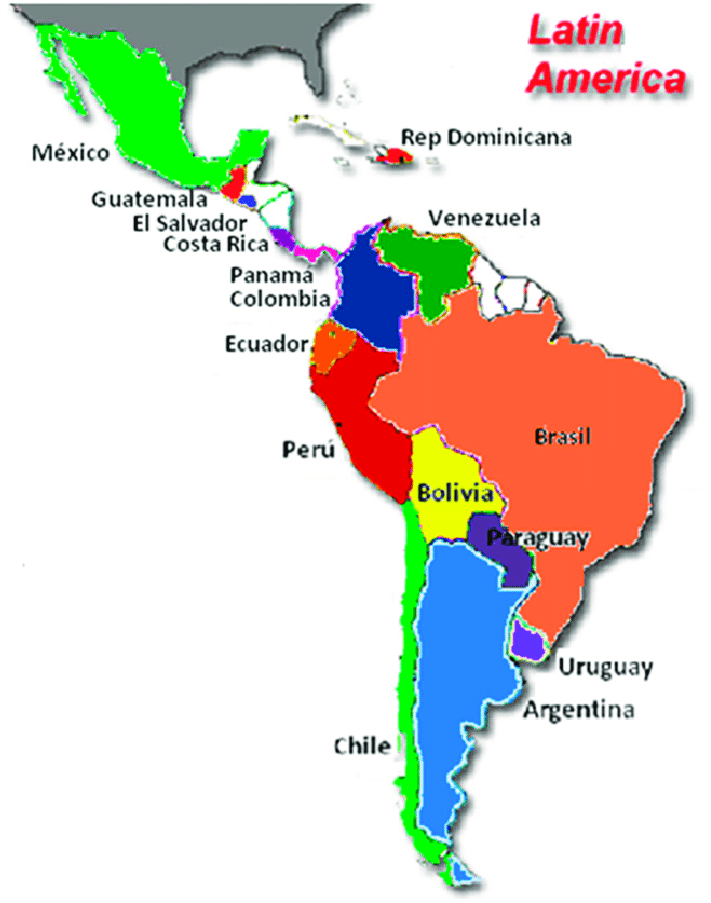
The company originally focused on exporting bananas to the United States but it was never as simple as just trading. In Guatemala, the United Fruit Company came to own their postal service, radio, and telegraph and owned most of the land (3.5 million acres) in the country. After years of exploitation, the Guatemalan Revolution began in 1944 when an uprising ended the U.S.-backed military dictatorship of Jorge Ubico. Juan José Arévalo became the first democratically elected president and enacted a minimum wage among other progressive reforms. In 1952, the second democratically elected president Jacobo Árbenz began taking away unused land from the company to give to peasants but the corporation lobbied heavily in the United States to stop this practice. In 1954, the Central Intelligence Agency (CIA) staged a coup, authorized by President Truman, to stop Árbenz and put in office pro-business, military dictator Castillo Armas. The coup ended the progressive Guatemalan Revolution but it was one of the first events to provoke the Guatemalan Civil War which lasted from 1960 to 1996. The U.S.-backed military committed several human rights abuses, genocide against the Mayan people, and added to the growing anti-U.S. sentiment in Latin America. The U.S. intervention in Guatemala was strongly driven by the fear of communism spreading in Latin America and interfering with U.S. corporations seeking higher profits.
In El Salvador, the United States intervened to once again protect capitalism and it led to the Salvadoran civil war. The war was sparked by a coup in 1979 and the murder of anti-coup protesters. The war lasted until 1992 and resulted in about 75,000 deaths and 8,000 disappearances. To protect themselves against the government, left-wing insurgencies like the Farabundo Martí National Liberation Front (FMLN) began to form. In 1980, the prominent archbishop Óscar Romero wrote to President Jimmy Carter pleading with the United States to stop military aid to the Salvadoran government. The next month, the archbishop was murdered while celebrating mass after asking the government to no longer kill citizens. Despite the constant horrible news, the United States continued to fund the Salvadoran government to deter communism from spreading throughout Latin America.
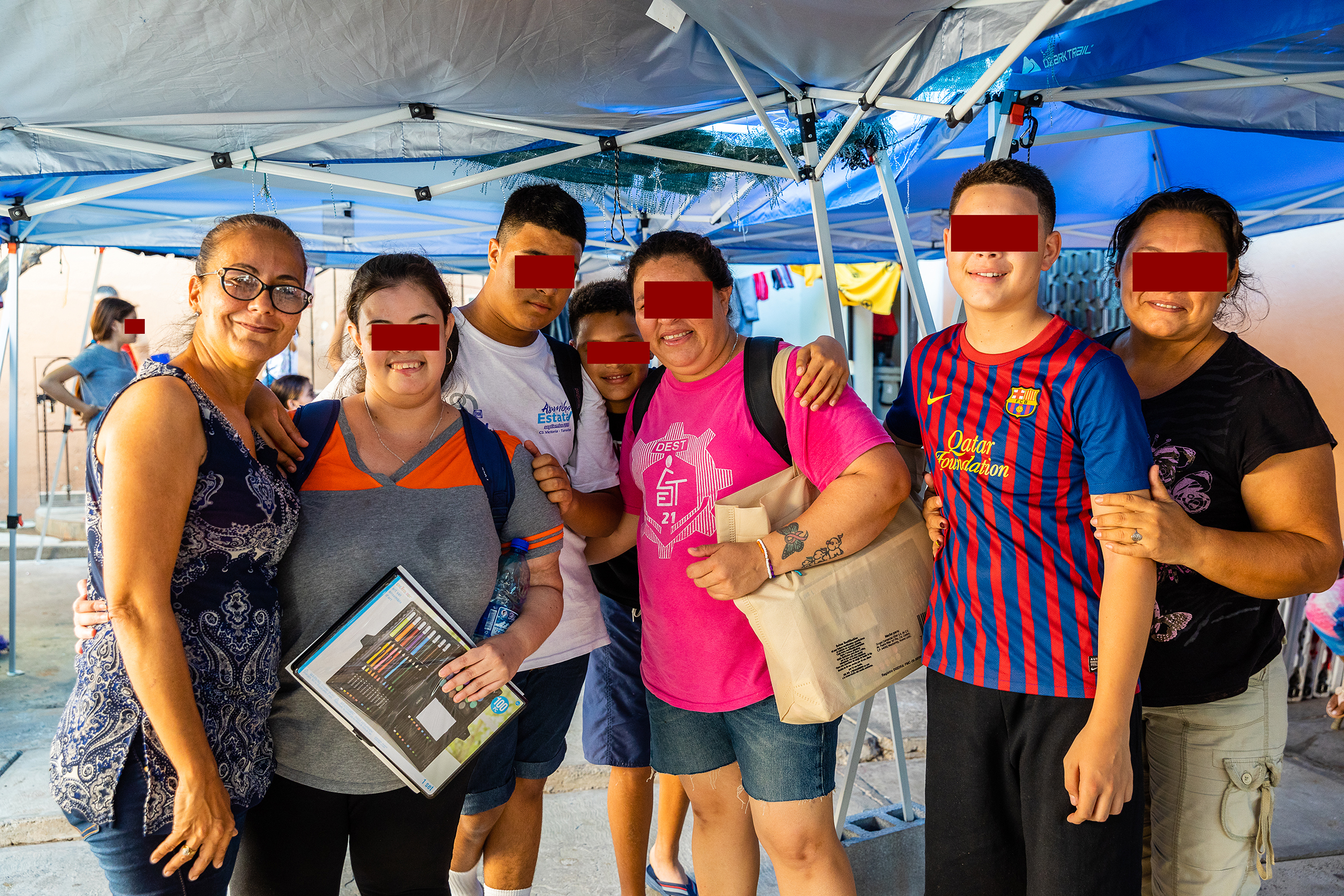
As one can imagine, many people in El Salvador chose to flee this violence with many of them coming to the United States. Migrants faced discrimination and violence in the states, so as a way to protect themselves, the Mara Salvatrucha gang (MS-13) was formed in Los Angeles. At the end of the civil war in 1992, the United States deported gang members thus spreading the influence of the gang to El Salvador. While the gang was originally formed to protect their communities from other gangs, it has now become a gang notorious for its brutal violence, especially against women. Today, we see people in El Salvador fleeing the economic consequences of the war but also the violence caused by gangs and cartels. To prevent communism from spreading, the United States has not only created an economically unstable nation but has been a leading player in creating and importing violence in El Salvador.
Mexico’s case has been different from Central American countries but the United States played a crucial role in their mass migration. When the North American Free Trade Agreement (NAFTA) went into effect, Mexican tariffs on agricultural imports fell. This led to cheap U.S. corn and other food flooding the Mexican economy and forcing millions of Mexican small farmers to migrate. The economic devastation also was felt by all poor and working-class people and resulted in a major wave of migration from Mexico. Similar policies favoring corporations were seen in the 2006 implementation of the Central American Free Trade Agreement (CAFTA).
The United States committed atrocities all over Latin America for decades and the consequences remain to this day. As a result of governments being overthrown, entire nations became unstable and prone to massive violence against poor and Indigenous communities. This led people to migrate north to seek safety and/or economic opportunity. It is important to remember that in many cases the United States got involved to prevent the spread of communism internationally. Many of the U.S.-backed coups occurred during the Cold War as the United States desperately clung to power and capitalist practices. However, as the United States continued to see an influx of migrants they knew they had to address their immigration system. In 1986, President Ronald Reagan signed into law the Immigration Reform and Control Act (IRCA). It made undocumented immigrants (many of them farmworkers) legal residents of the United States, but it also denied that status to many Central Americans. IRCA gave more money to border enforcement and made it more difficult for undocumented immigrants to find work by making it illegal for employers to knowingly hire them. In 1990, the government created the Temporary Protected Status (TPS) program for those who could not return to their home countries for safety reasons. Many of the beneficiaries were Central Americans but it was not a pathway to citizenship and it had strict eligibility criteria. Many people praised Reagan for IRCA and, while the law was the most comprehensive reform at the time, it also began the militarization of the border and the further criminalization of refugees coming into the country as a result of U.S. intervention.
HOW 9/11 CHANGED IMMIGRATION
Migration to the United States continued increasing as more people fled their native countries seeking safety and opportunity but things got much more complicated after the September 11, 2001 attacks. Those events provided an excuse for politicians to be xenophobic in the name of “national security.” Not only did it lead to increased discrimination against Arab migrants but it also led to an increase in general hatred for anyone who didn’t “look American.”
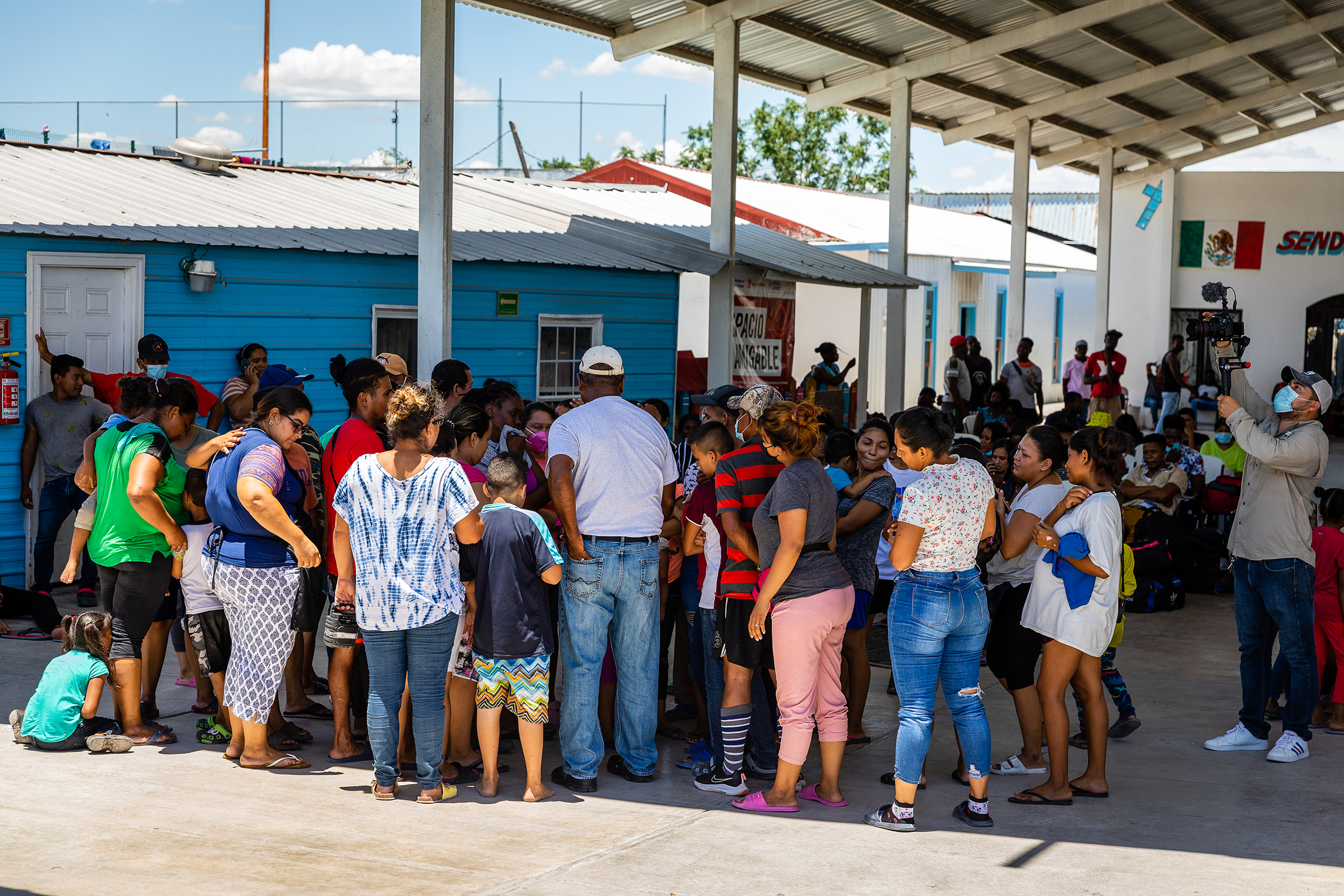
Forty-five days after 9/11, politicians passed the Patriot Act to deter terrorism but in reality, it led to the government increasing surveillance against regular citizens and criminalizing foreigners along with several other cases of abuse of privacy. The Homeland Security Act of 2002 created the Department of Homeland Security (DHS) and U.S. Immigration and Customs Enforcement (ICE). These agencies made it more difficult for migrants to enter the United States and it also made migrants residing in the country increasingly more paranoid and harder to obtain employment. The REAL ID Act of 2005 required all driver’s licenses and ID cards to meet certain requirements to access federal facilities or commercial airplanes.
Undocumented immigrants were ineligible to obtain a REAL ID since they did not have Social Security numbers. While the implementation of the law has continuously been delayed it has added another obstacle for immigrants in this country. Besides the increased security in personal identification, the REAL ID Act also increased security at the border, expanded the grounds for deportation, and made it more difficult to obtain asylum. The United States passed more laws after 9/11 based on white supremacy in response to terrorism. However, these laws only punished people of color who had nothing to do with 9/11 and the laws further divided the country.
As a result, discrimination against migrants was at an all-time high in the early 2000s. The pivotal year was 2006. Undocumented immigrants and allies nationwide organized to protest the racist Border Protection, anti-terrorism and illegal Immigration Control Act of 2005, otherwise known as the Sensenbrenner Bill. The act made anyone a felon who illegally entered or resided in the United States. Not only did people organize against this law but they also demanded comprehensive immigration reform. At the time it had already been 20 years since IRCA 1986 which meant thousands more migrants were waiting for some form of legalization pathway. Many of them experienced discrimination in the streets and in the workplace. It is also important to note that many households had mixed-status families with undocumented parents and citizen children.
There were mega-marches in several cities. For example, in Chicago, an estimated 100,000 to 500,000 people marched to Federal Plaza downtown. The protests peaked on May 1 in what was called “A Day Without Immigrants.” Organizers encouraged everyone to boycott work, school, and shopping to demonstrate the vital role immigrants play in the life of the United States. Many marchers shouted in the streets: “¡Aquí estamos y no nos vamos!” While a lot of the media showed Mexican immigrants and allies protesting, many other immigrants from different ethnicities joined the protests to demand a citizenship pathway for all.
Due to the pressure of these protests, a bill was introduced to offer a pathway to citizenship but unfortunately, it did not pass. The George W. Bush administration was notorious for its anti-immigrant legislation after 9/11 and the creation of DHS and ICE. Mistreatment and criminalization of immigrants worsened.
When Barack Obama was elected president in 2008, many immigrants hoped he would keep his campaign promise to deliver comprehensive immigration reform. Instead, Obama deported more immigrants than any other president: 3 million people, 1.18 million of them in his first three years. Many organizers nicknamed him “Deporter in Chief” and called on him to live up to his promises. Although the House, Senate, and White House were under Democratic control in Obama’s first term, there was no major effort to create a pathway to citizenship.
As the pressure increased in his second term, he realized he had to act. In 2012, he introduced the Deferred Action for Childhood Arrivals (DACA) program by executive order. DACA provided legal protection for undocumented youth for two years and a social security number strictly for work authorization. It immediately faced a backlash from conservatives.
While many undocumented youth did obtain some sort of protection, DACA was not what communities asked for. Many older immigrants were left without any protection. Many also argue that the implementation of DACA distracted the movement from demanding comprehensive immigration reform for all.
TRUMP’S IMPACT
When Donald Trump was elected president in 2016, many communities feared what was to come. His campaign was based on racist and anti-immigrant sentiments that incited lots of white supremacists to be more openly racist. Using dangerous language against marginalized groups, he ended many protections for migrants in the United States and increasingly made the border more dangerous.
In 2017, Trump announced he was rescinding DACA, thereby threatening the livelihood and stability of approximately 800,000 beneficiaries. This marked the beginning of legal challenges against DACA. He also attempted to end Temporary Protected Status (TPS) and ended “catch and release” practices at the border, which increased the number of migrants in detention centers. The world saw migrants locked in large cages without any privacy. Cases became known of many migrants, including children, being sexually assaulted by ICE agents and forced to live in dirty, cold conditions without contact with their families. Many children were separated from their parents and remained unaccounted for with no way for families to ensure their safety. To this day, many children remain missing. The inhumane treatment at the border, especially of children, outraged the nation. Images of children dying and being forcibly removed from their parents pushed more people into the immigrants’ rights movement, even those who had no ties to Latin America. The more activists and journalists got involved, the more ICE and border patrol agents intimidated them.
Furthermore, Trump policies like Migrant Protection Protocol (MPP) and Title 42 risked the lives of thousands of more migrants at the border. MPP became known for his “Remain in Mexico” policy. Asylum seekers had to go back to Mexico and await their court dates there. MPP made many migrants vulnerable to discrimination and cartel violence. Title 42 was then created due to “national health concerns” during the COVID-19 pandemic. This led even more migrants from Central America and Haiti to return to Mexico where they were exposed to increasingly violent crime. As a result, refugees must stay in Mexico and wait weeks or months for their hearings. Activists on the border now say that the border is not just between the United States and Mexico but between Mexico and Central America as a result of these policies.
When Joe Biden was elected president in 2020, he swore to end Trump’s policies but to this day Title 42 remains in effect. Biden recently expanded Title 42, stating that asylum seekers need to have a sponsor in the United States, pass a background check, and enter the country through an airport presenting a passport. Once again, a policy makes asylum even more inaccessible to migrants exercising their legal and moral right to seek safety.
President Trump famously promised to “build the wall” and increase security drastically at the U.S.-Mexico border. He further incited open white supremacist rhetoric while making migrants in the United States and worldwide afraid. He increased funding for his border wall and built it in several places. President Biden promised to stop the construction of Trump’s wall, but he has not.
CONCLUSION
As seen throughout U.S. history, migrants have hardly been able to catch a break in this country. Congress has done little to pass legislation to fix our immigration system and any progress made has immediately been opposed. This has left migrants of diverse backgrounds with no way of securing legal residency here while also making them financially and emotionally unstable. While presidents have tried to help the situation, none of them has fully committed to ensuring the safety and livelihood of immigrants. Many may argue that the United States has no responsibility to help immigrants who come to the country but as history demonstrates, these migrants are coming to the country due to conditions caused by the United States. Migrants are not only risking their lives by crossing dangerous territories but they are leaving everything behind to ask for asylum rightfully and legally. The United States continues to ignore the root causes of migration from the global south while continuously punishing migrants for daring to seek safety. U.S. politicians have also ignored the increasingly large undocumented population living in the United States for decades and have only broken the immigration system more as the years go by. There is an urgent demand for politicians to acknowledge the atrocities at the border and create progressive policies to help migrants now and in the future. War, economic failures, and global disasters continue to occur and the United States must correct its role in the ongoing immigration crisis.
RECOMMENDED READINGS
Harvest of Empire by Juan González
Migra! by Kelly Lytle Hernández
Bananas: How the United Fruit Company Shaped the World by Peter ChapmanOpen Veins of Latin America by Eduardo Galeano
SOURCES
Del Barco, Mandalit. “The International Reach of the Mara Salvatrucha.” NPR. 17 March 2005.
“Jimmy Carter: Archbishop Oscar Arnulfo Romero Statement on the Death of the Archbishop of San Salvador.” Ucsb.edu
“Learn from History,” 31st Anniversary of the Assassination of Archbishop Oscar Romero” The National Security Archive, 23 March 2011
Opie, Frederick Douglass (July 2009). Black Labor Migration in Caribbean Guatemala, 1882–1923. Florida Work in the Americas. University of Florida Press.
Palmer, Steven; Molina, Iván (1 January 2009). The Costa Rica Reader: History, Culture, Politics. Duke University Press. ISBN 978-0822382812. Archived from the original on 11 May 2018 – via Google Books.
Perez Rocha, Manuel. Inequality.org. 2018
Rankin, Monica A. (11 May 2018). The History of Costa Rica. ABC-CLIO. ISBN 9780313379444 – via Google Books.
Report of the UN Truth Commission on El Salvador (Report). United Nations. 1 April 1993.
Schoultz, Lars (1998). Beneath the United States. Harvard University Press. ISBN 9780674922761.
Wolf, Sanja (2012). “Mara Salvatrucha: The Most Dangerous Street Gang in the Americas? Latin American Politics and Society.
www.congress.gov/bill/99th-congress/senate-bill/1200
www.dhs.gov/homeland-security-act-2002
en.wikipedia.org/wiki/Real_ID_Act
www.cfr.org/backgrounder/what-temporary-protected-status
docs.house.gov/meetings/GO/GO00/20200109/110349/HHRG-116-GO00-20200109-SD007.pdf
www.nytimes.com/2021/01/23/opinion/sunday/immigration-reform-biden.html
El Tribuno del Pueblo brings you articles written by individuals or organizations, along with our reporting. Bylined articles reflect the views of the authors. Unsigned articles reflect the views of the editorial board. Please credit the source when sharing: tribunodelpueblo.org. Our editorial staff is made up of volunteers and interns with a small stipend. We are a reader-supported publication. Please donate at http://tribunodelpueblo.org to keep bringing you the voices of the movement, pro-labor, and pro-migrant, because no human being is illegal.

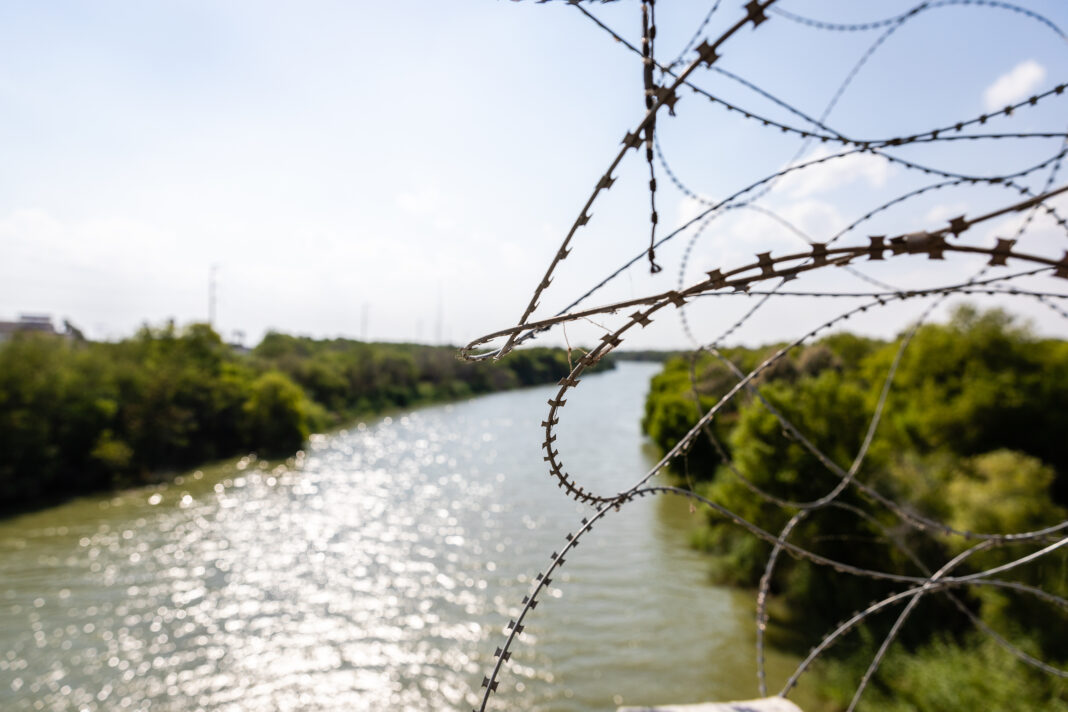

Excellent article – so well researched and documented. Should be read by anyone wanting to understand the border crisis.
Thank you! Adamary is one of our interns, and yes she’s a great researcher.
The US government rescinded Title 42 in May of 2023. https://www.npr.org/2023/05/12/1175865631/biden-administration-ends-title-42-what-now
I read this again. It’s definitely worth a second read. It’s very well put together.
This is an outstanding article and extremely well researched and well written. Thank you Ada Marys for your contribution and helping us all understand what is truly going on and calling out all the people who are responsible for the terrible policies of the United States. Jim Riley.
This is an outstanding article and extremely well researched and well written. Thank you Ada Marys for your contribution and helping us all understand what is truly going on and calling out all the people who are responsible for the terrible policies of the United States. Jim Riley.